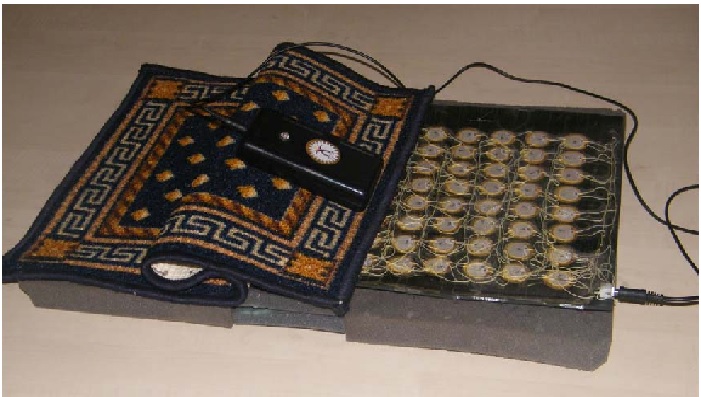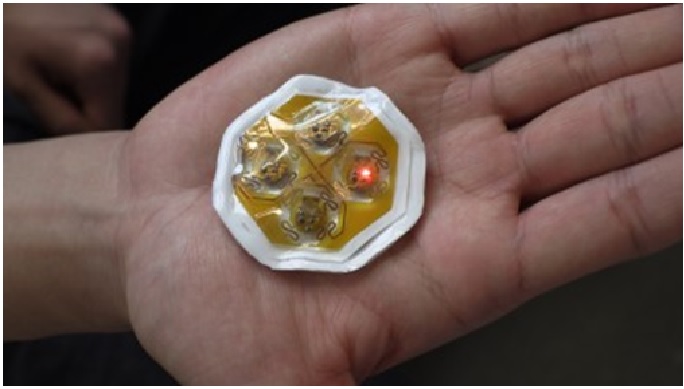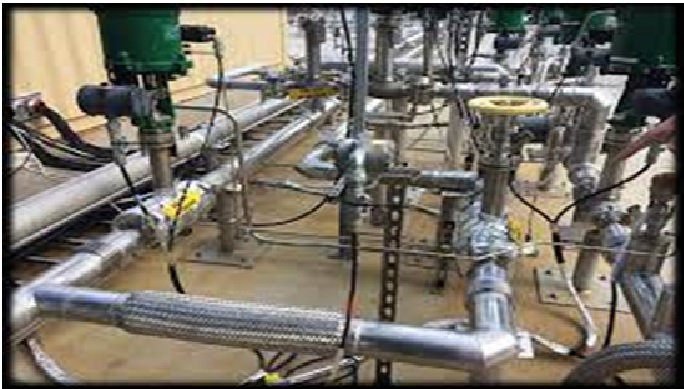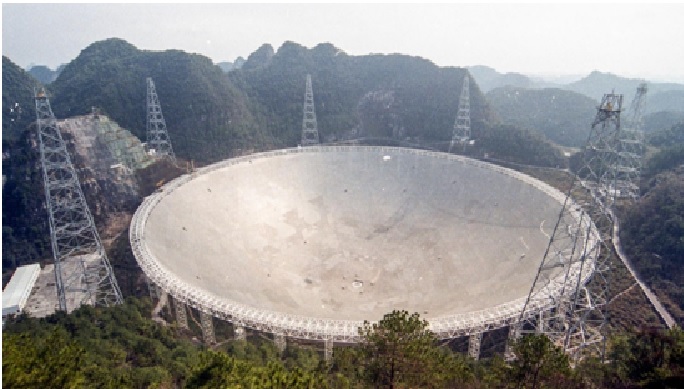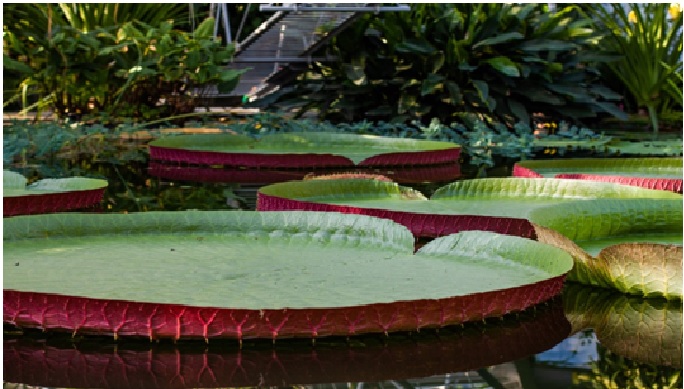New Crystals Discovered from Preserved Meteorite Dust
TU Darmstadt researcher Oliver Gutfleisch and colleagues have discovered never-before-seen types of crystal hidden in tiny grains of perfectly preserved meteorite dust. The dust was left behind by a massive space rock that exploded over Chelyabinsk, Russia, nine years ago.
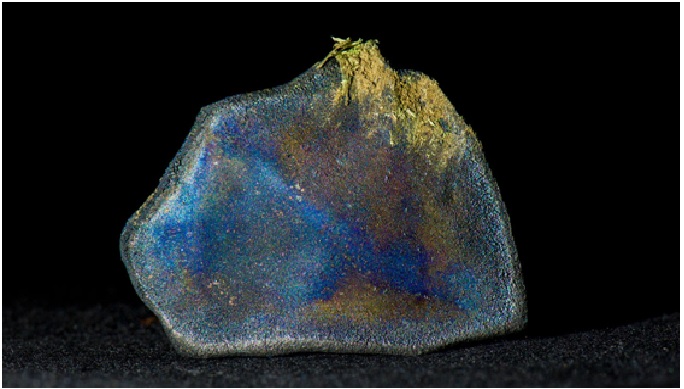
Figure 1. Ever seen crystal from meteorite dust.
Figure 1 shows that researchers analyzed some of the tiny fragments of space rock that were left behind after the meteor exploded, known as meteorite dust. Normally, meteors produce a small amount of dust as they burn up, but the tiny grains are lost to scientists because they are either too small to find, scattered by the wind, fall into water or are contaminated by the environment. [1]
However, after the Chelyabinsk meteor exploded, a huge plume of dust stuck in the atmosphere for more than four days before it finally rained on Earth’s surface, according to NASA. Fortunately, layers of snow that fell before and shortly after the event trapped and held some of the dust samples until scientists were able to retrieve them soon after.
Researchers found new types of crystals while examining specks of dust under a standard microscope. One of these tiny structures, which was only big enough to see under a microscope, was fortunately in focus in the center of one of the slides when a team member looked through the eyepiece. [2]
The new crystals came in two distinct shapes; quasi-spherical, or "almost spherical," shells and hexagonal rods, both of which were "unique morphological peculiarities," the researchers wrote in the study.
Further analysis using X-rays revealed that the crystals were made of layers of graphite, a form of carbon made from overlapping sheets of atoms, commonly used in pencils, surrounding a central nanocluster at the heart of the crystal. The researchers propose that the most likely candidates for these nanoclusters are buckminsterfullerene (C60), a cage-like ball of carbon atoms, or polyhexacyclooctadecane (C18H12), a molecule made from carbon and hydrogen.
The team suspects that the crystals formed in the high-temperature and high-pressure conditions created by the meteor breaking apart, although the exact mechanism is still unclear.
In the future, the scientists hope to track down other samples of meteorite dust from other space rocks to see if these crystals are a common byproduct of meteor break-ups or are unique to the Chelyabinsk meteor explosion. [3]
References:
- https://www.msn.com/en-us/news/technology/never-before-seen-crystals-found-in-perfectly-preserved-meteorite-dust/ar-AAZc24Q?ocid=wispr&li=BBnbfcL
- https://getaboutcolumbia.com/never-before-seen-crystals-have-been-found-in-perfectly-preserved-meteorite-dust/
- https://www.livescience.com/new-crystals-found-in-meteorite-dust
Cite this article:
Sri Vasagi K (2022), New Crystals Discovered from Preserved Meteorite Dust, AnaTechMaz, pp.117



